Update: 5/2014
Retrying this experiment using the Arduino circuit described here: https://reactivemusic.net/?p=12161
notes
- 300 baud
- 300 Hz carrier shift
- 8 bits
- 2 stop
- no parity
- filter at 300 Hz
- Normal mode (not reverse)
- AFC on
- serial.c – sends a beacon then transmits a 640×480 picture
- serial-beacon.c – just sends a beacon
Success: Got an accurate beacon at 300 baud today and send a jpeg picture file , taken by a webcam connected to the R-Pi using fswebcam and SSDV.
http://www.slblabs.com/2012/09/26/rpi-webcam-stream/
Used the same circuit as the previous post about the Arduino RTTY beacon.
The difference is that we’re using a C program to write the text directly to the serial port which modulates the NTX2 transmit frequency.
Transmission can be stopped and started using the sleep() function but the timing is not exact.
Local code
tkzic/rpi/serial/serial1 –
- using command line SSDV converter in tkzic/rpi/ssdv-master.
- Using dl-fldigi to decode RTTY and SSDV pictures.
- Using logictech c210 webcam – see link above for how to take a picture and save to file use fswebcam.
[Todo:]
- Set up a shell script to take pictures and transmit regular intervals.
- upload code and photos
- Build some antennas
- Field test
- Buy a balloon
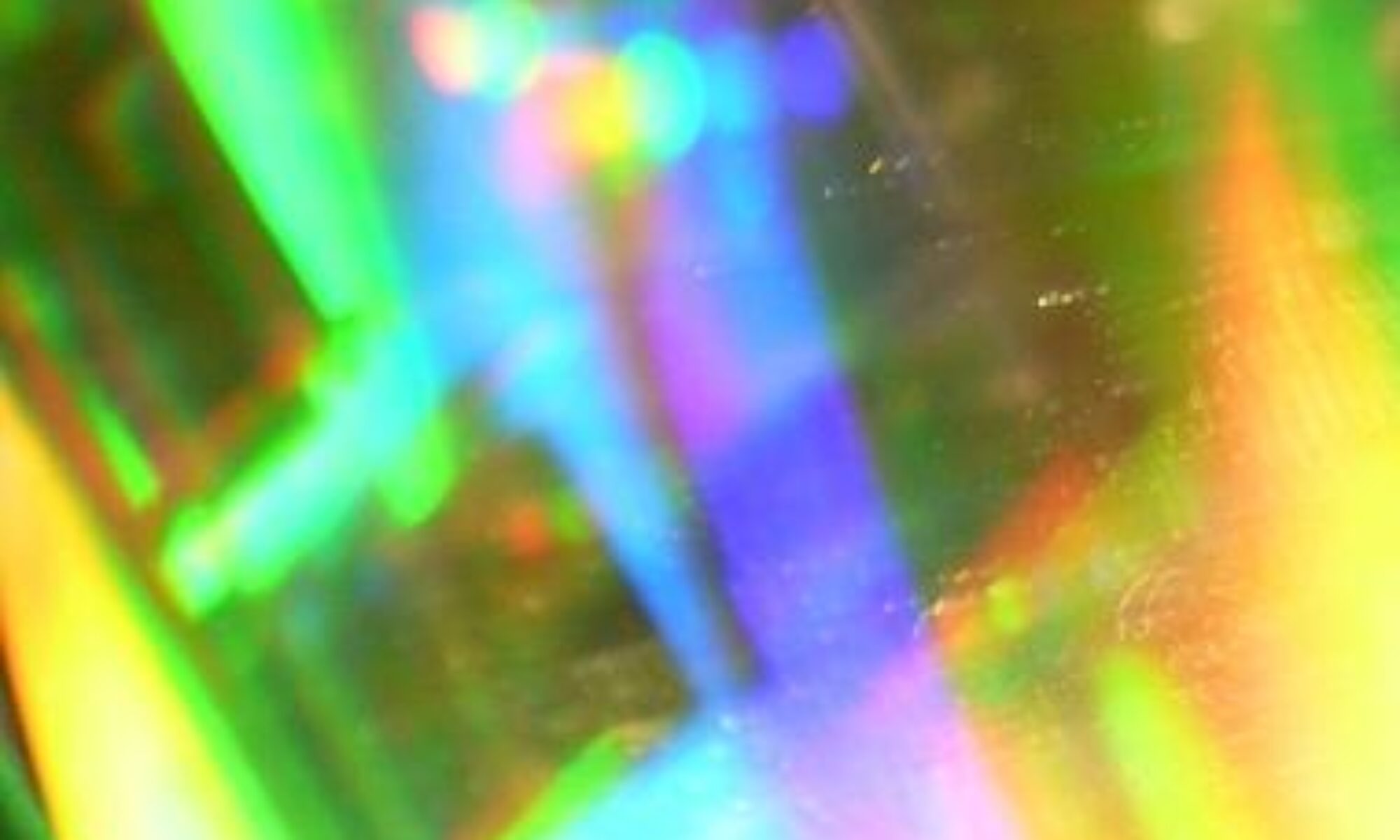
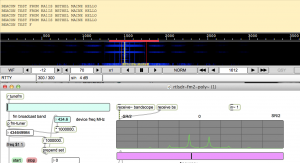
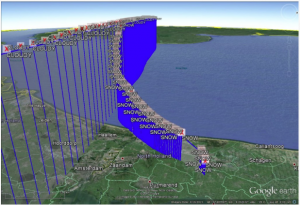
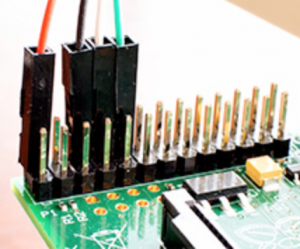

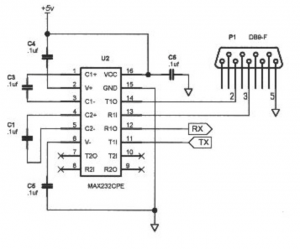

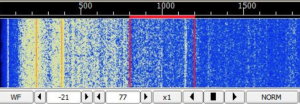

Connected via some resistors to set the level and bias. This means that the low/high digital outputs from the Pi result in 2 slightly different voltages at the NTX2, which then transmits two frequencies approx 600Hz apart.
This won’t work for APRS. For that you need an analog output, or PWM.